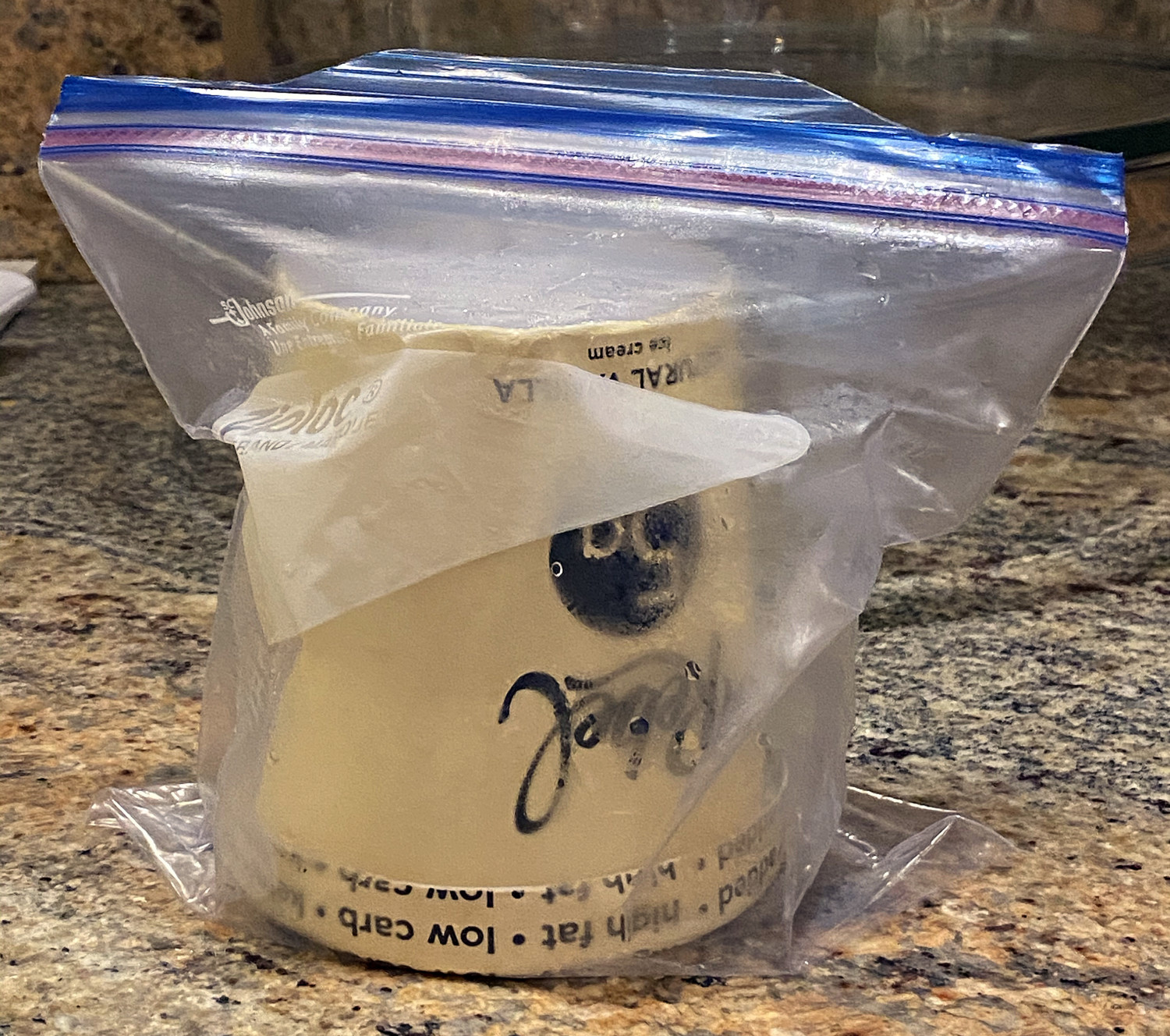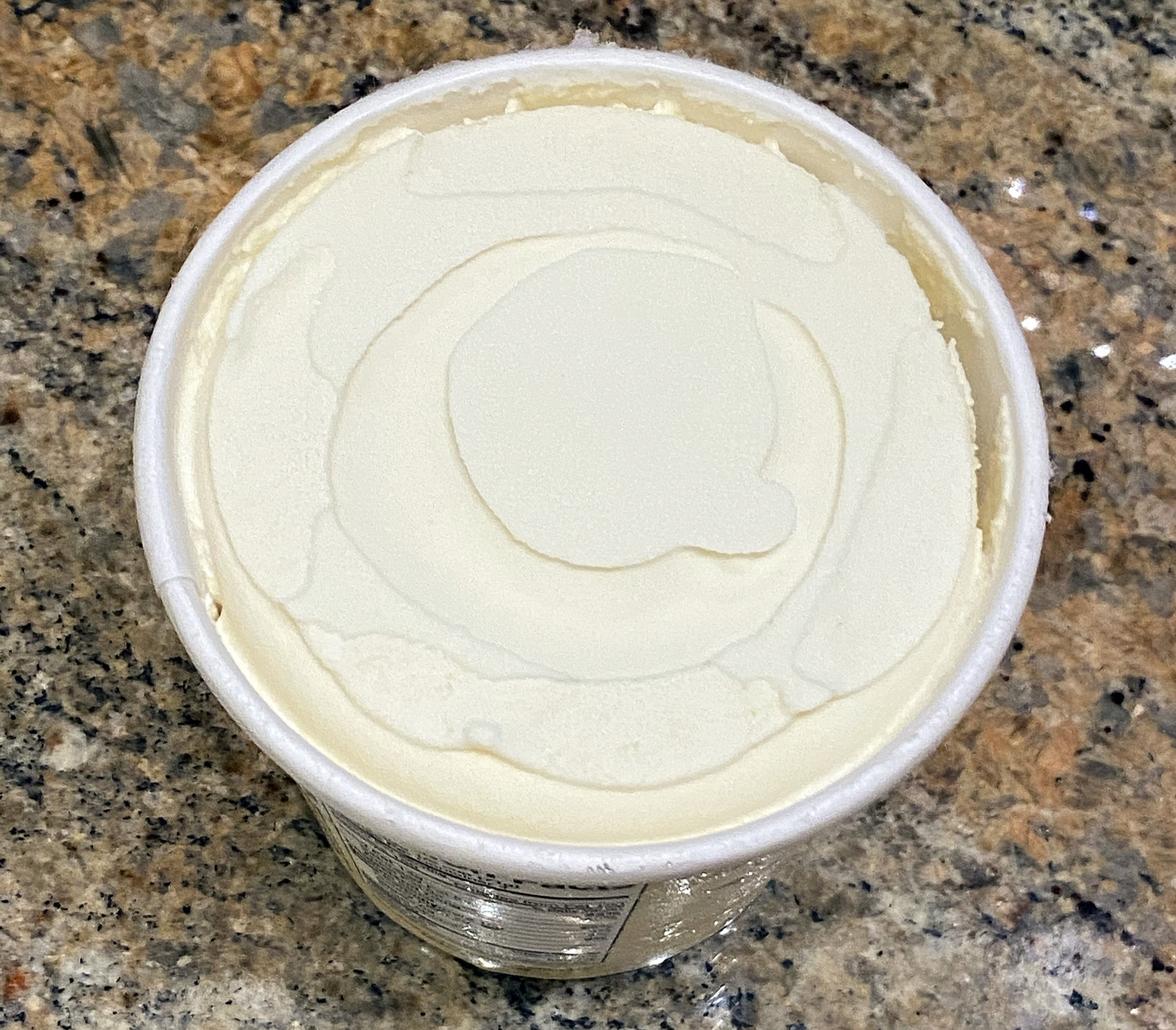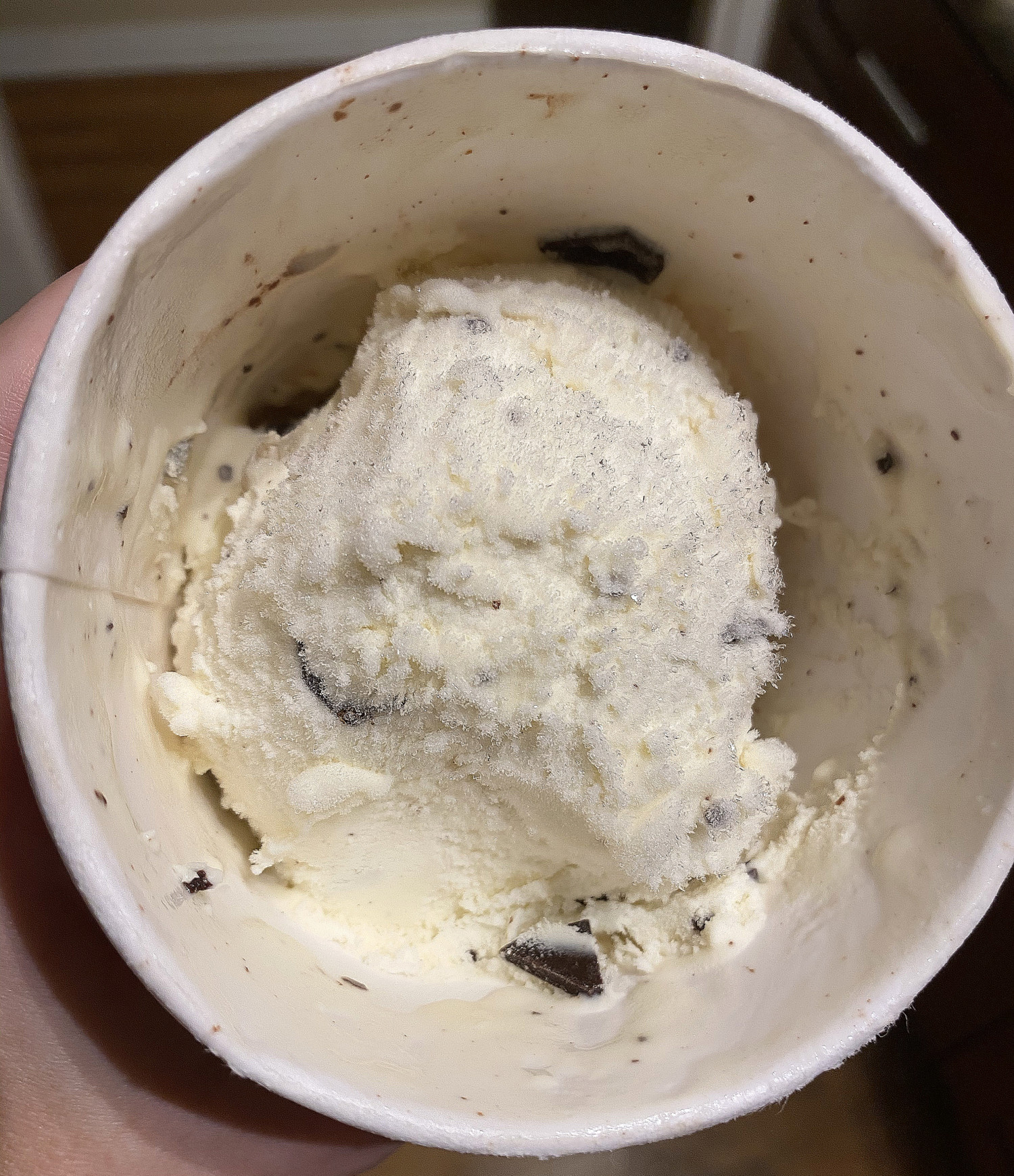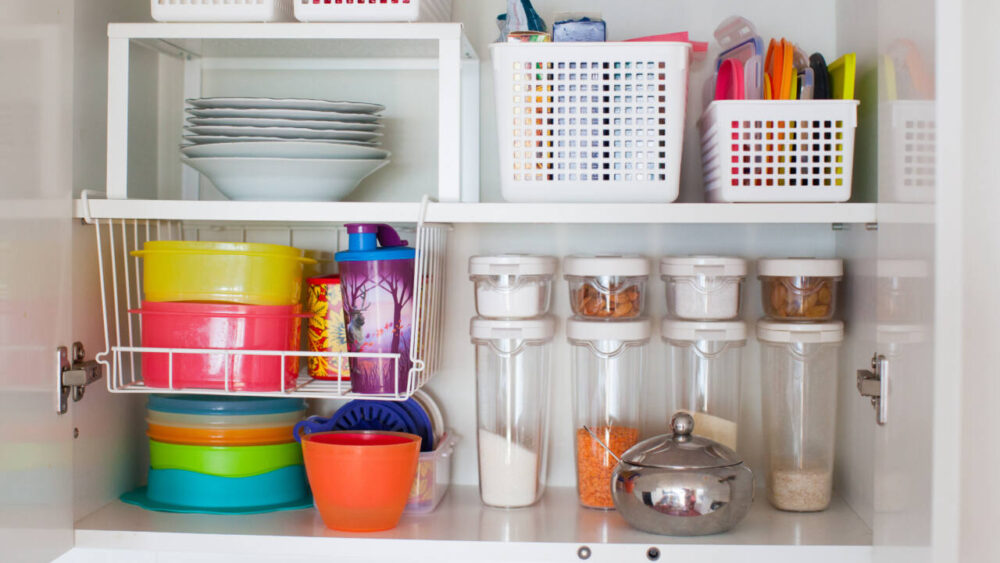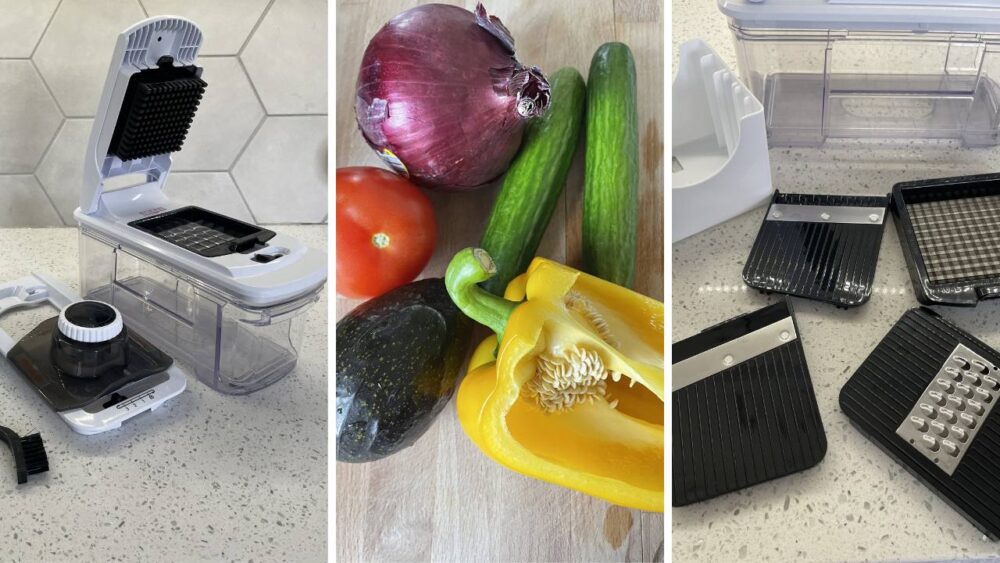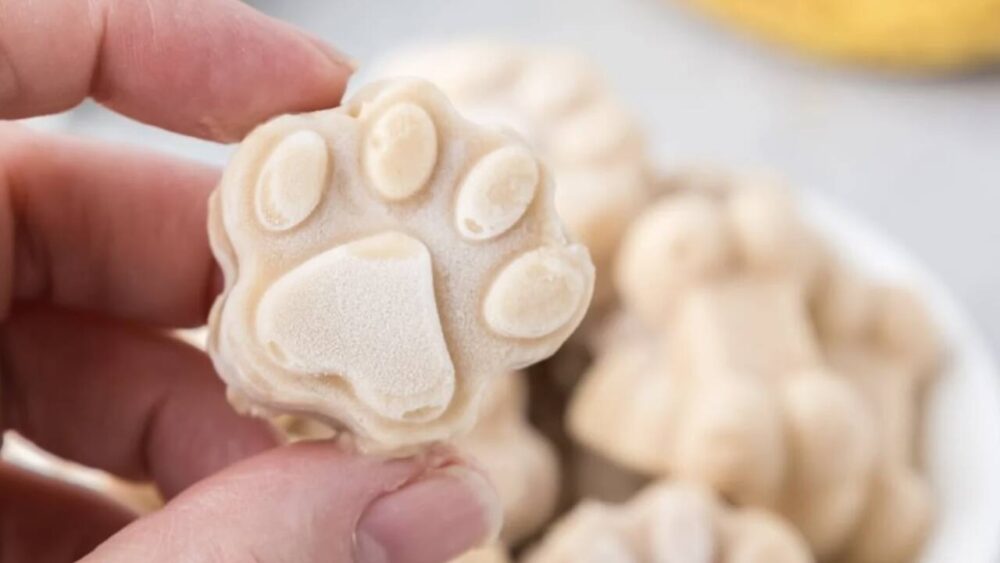Storing ice cream in a Ziploc supposedly prevents freezer burn so we tested it out
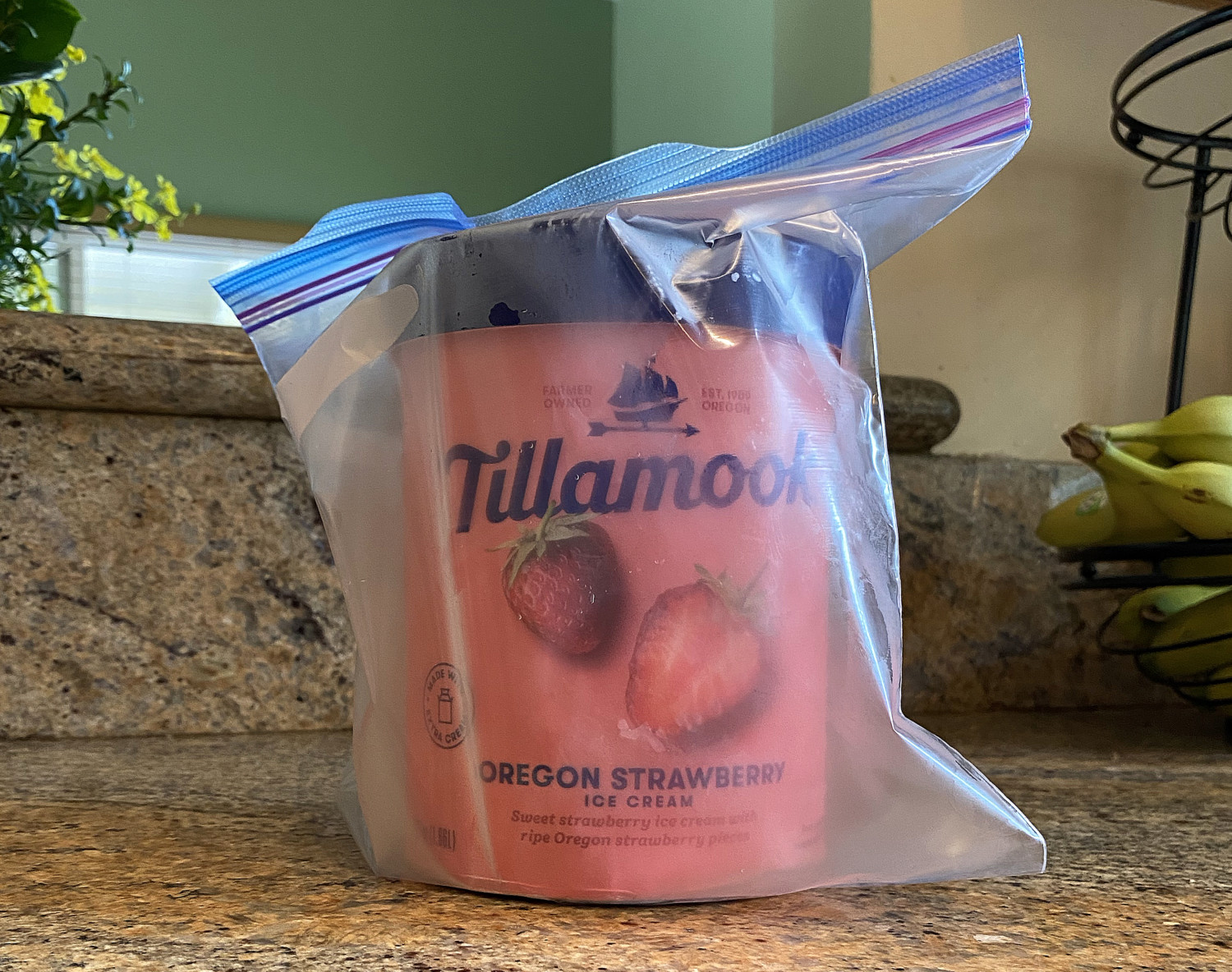
If you haven’t been able to get through a whole container of ice cream that quickly, you may have noticed ice crystals forming on top of your once-creamy treat. The dreaded freezer burn is formed when water in your ice cream melts and refreezes.
To prevent this, the Passionate Penny Pincher suggests keeping your ice cream in a sealed bag in the freezer. It’s also supposed to keep ice cream softer.
So I tried it out. I left one pint of ice cream in a bag and one out of a bag and waited to see what would happen. I later repeated this with other brands. (The experiment took longer than expected because I grew impatient waiting for freezer burn to set in and kept eating up my ice cream supply.)
My results showed that the pint in a zip-lock bag didn’t develop frostbite like the one I left alone in the freezer.
Here’s the top of the zip-sealed ice cream after a week or so in the freezer.
And here’s the top of my (yes, half-eaten) pint that had no protection.
These particular ice creams shown contain sugar substitutes and have a harder consistency, so the zip-lock bag didn’t soften them. I repeated the experiment with a regular brand of ice cream, and I still didn’t notice any detectable difference in softness whether the containers were zipped up or not. So that part of the trick doesn’t seem to hold true.
Another trick for keeping freezer burn off your ice cream is to store your ice cream containers upside down. The melting water will refreeze on your container lid rather than your ice cream if you store it this way.
You can also smoosh a piece of parchment or wax paper on top of any unused ice cream before you store the container again. This provides an extra seal. I’ve done the parchment paper trick when making homemade ice cream before and it definitely helps.
And always keep your ice cream at the back of your freezer since it’s the coldest spot in there. Then you’re less likely to have any temperature fluctuation to begin with, which is why you get freezer burn in the first place.


